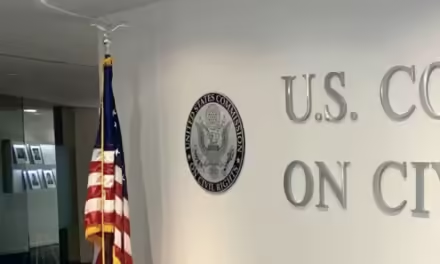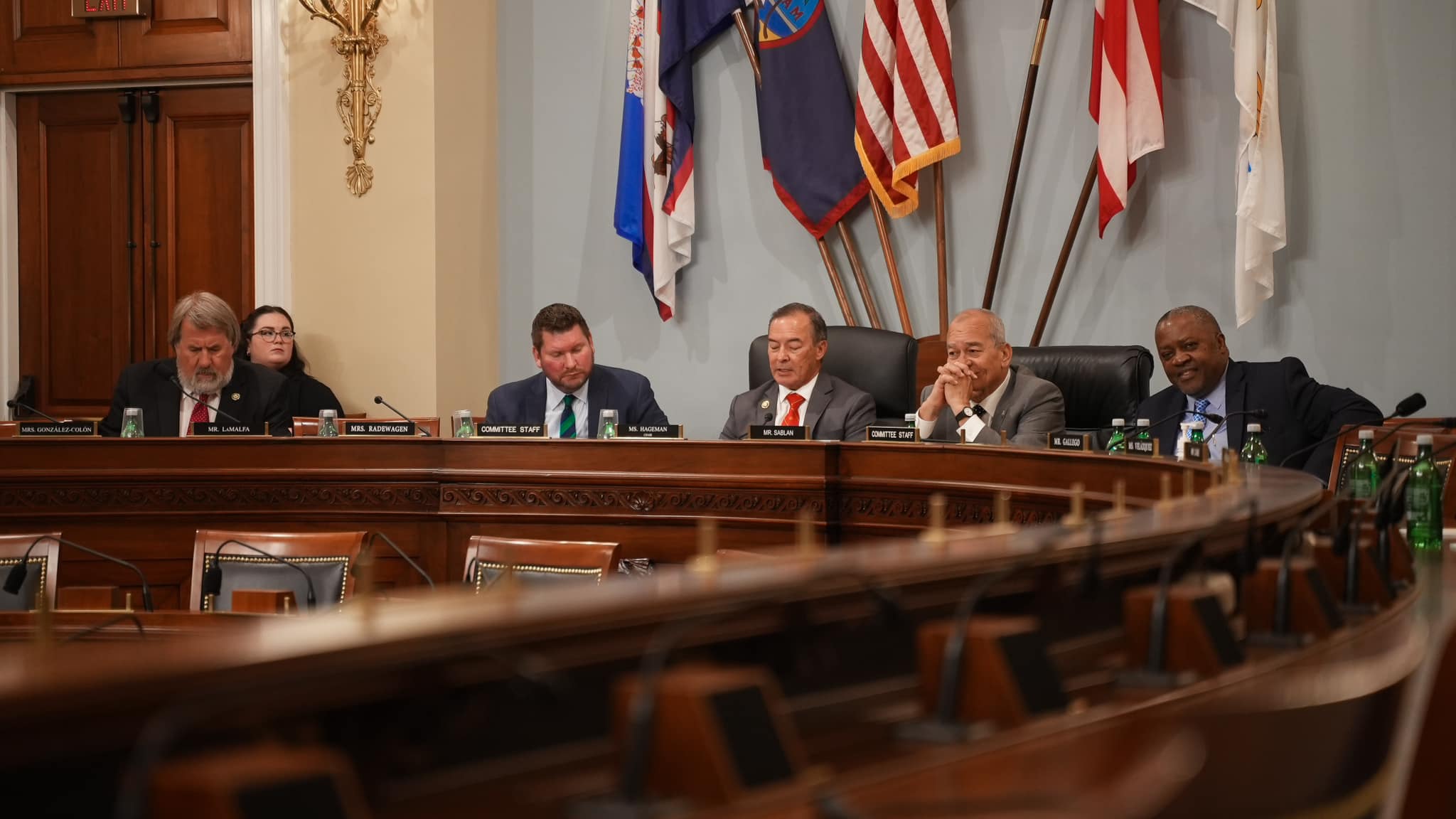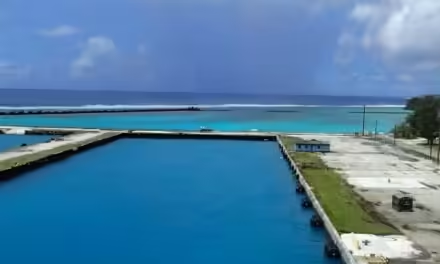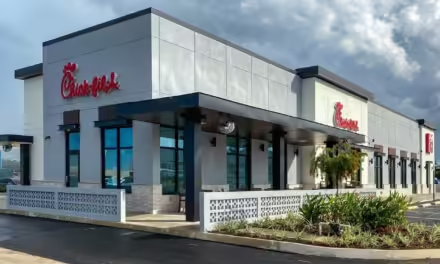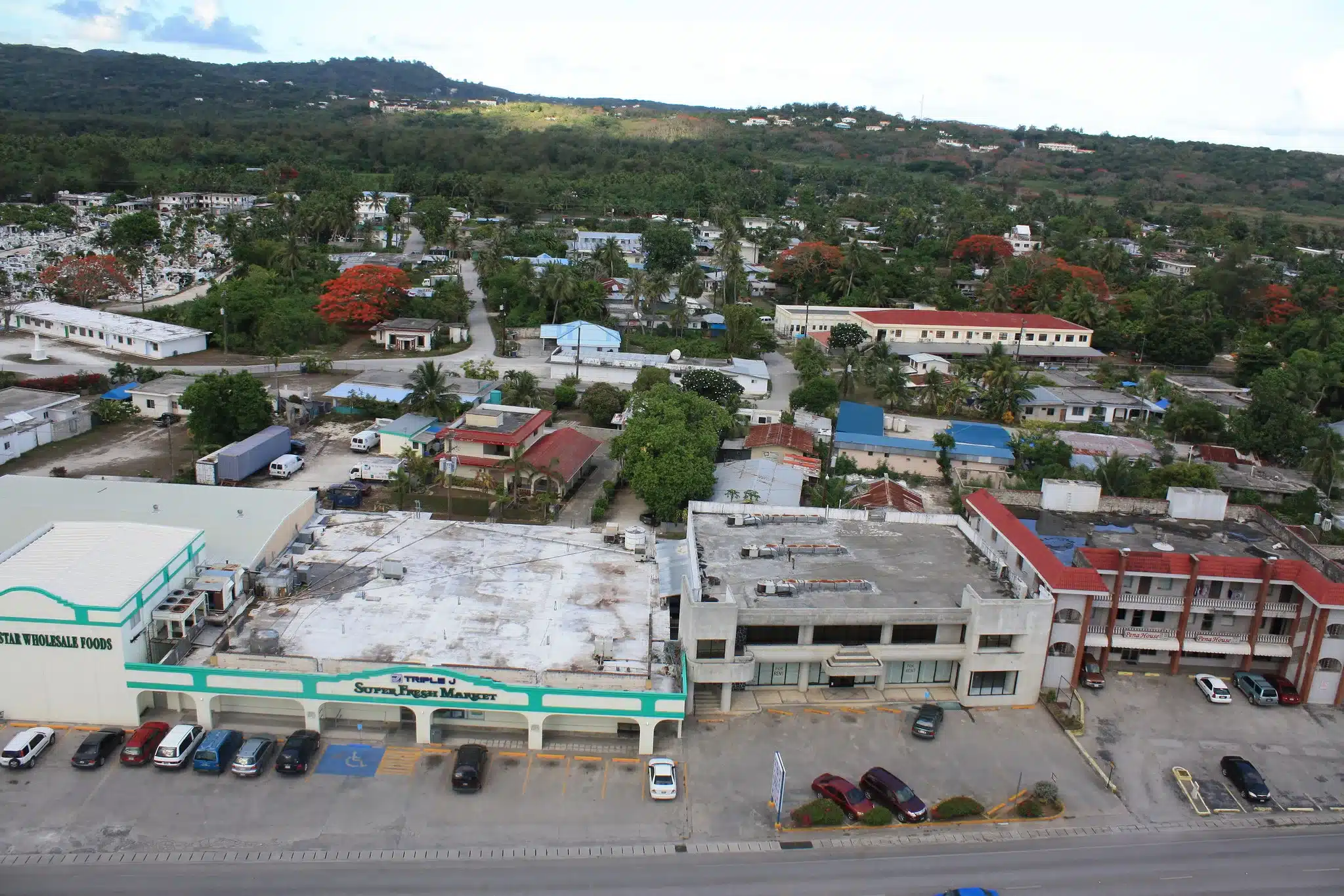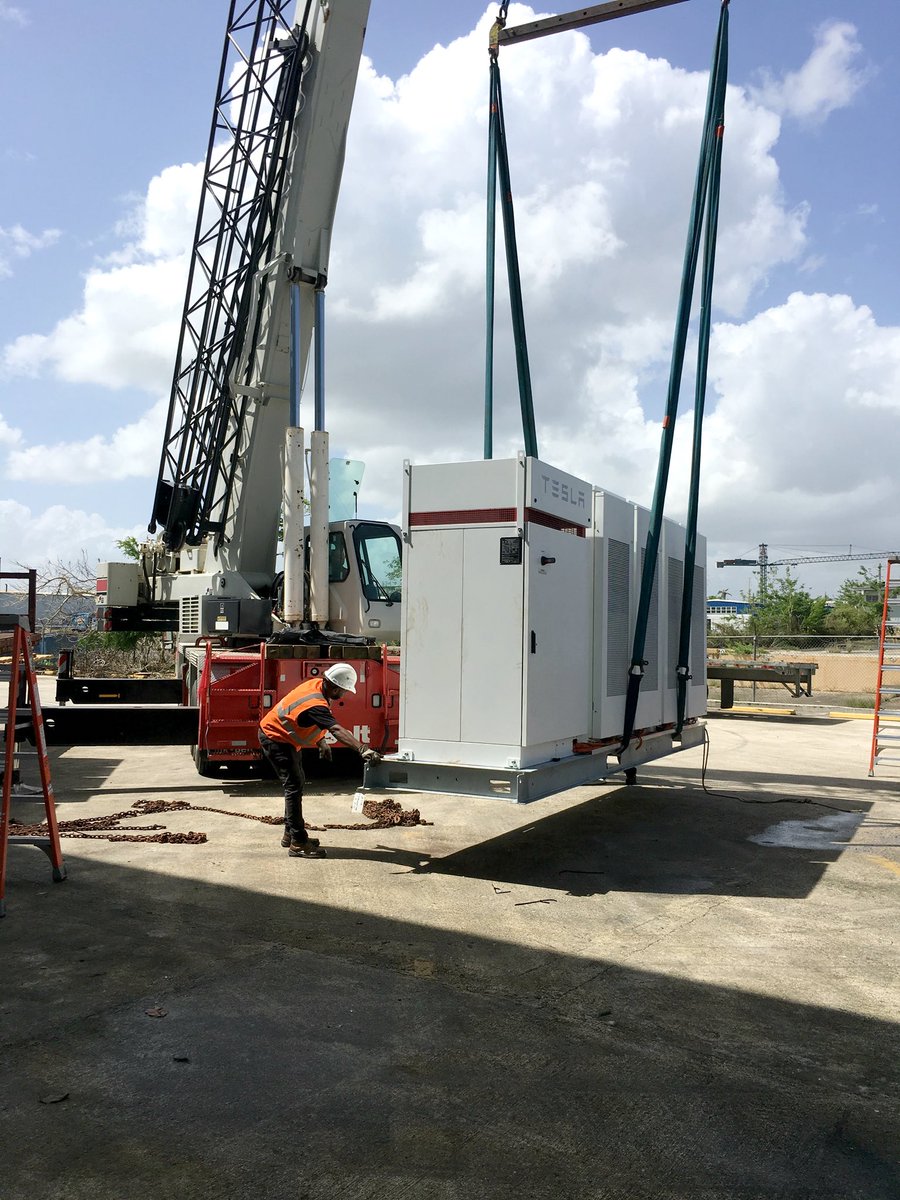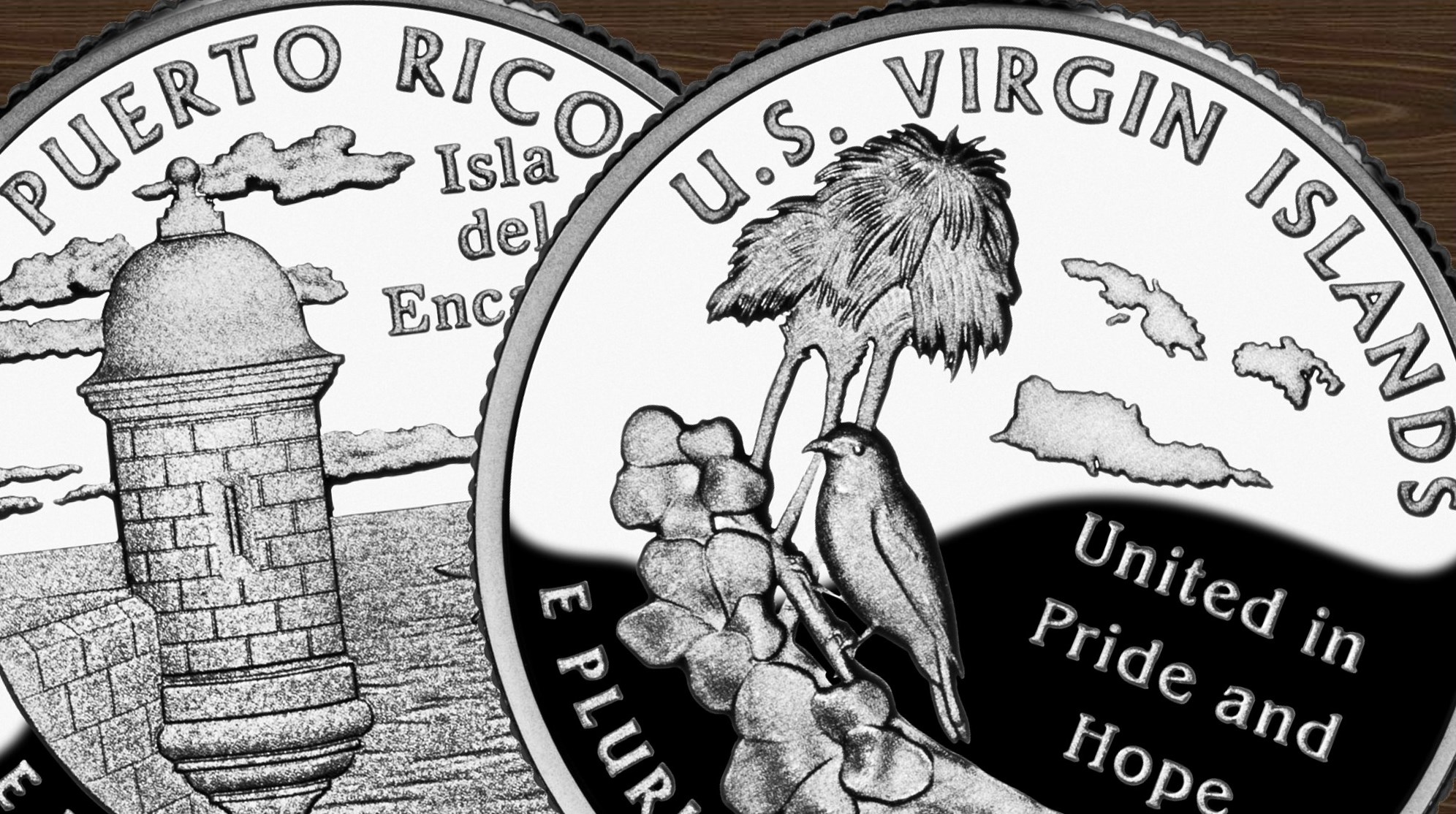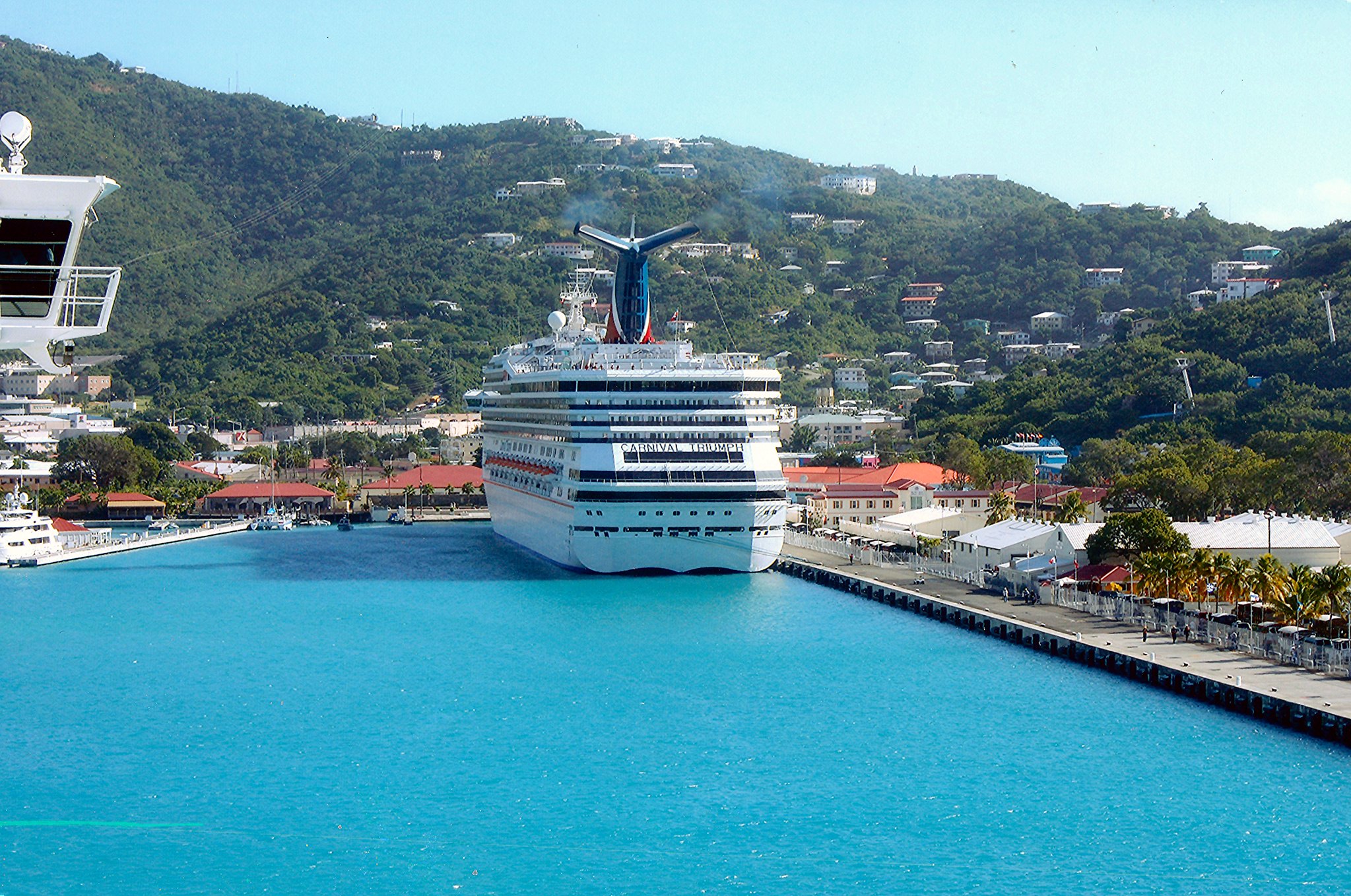Bank of Guam Hosts 2018 Economic Forum with eyes towards environmentally sustainable development
On Tuesday, October 16, the Bank of Guam held its 19th annual Fall Economic Forum. This forum brings together business leaders, philanthropists, sustainability advocates, academics, and community members each Fall to discuss the current state of Guamanian economic affairs, and focus on the future of progress and development in the territory. This Fall’s forum was headlined by Gina Lopez, a sustainability advocate and philanthropist who is founder of the ABS-CBN Foundation, a non-profit organization based in the Philippines dedicated to providing services and support to Filipino families around the world primarily through child care, disaster support, and environmental management.
Environmentally-sustainable economic development was a central topic at this year’s Fall Economic Forum, as speakers and attendees alike viewed the future of the Guamanian economy as one that goes hand-in-hand with environmental stewardship. The theme for the forum was titled “Sustainability: A Blueprint for Business” and much of the discussion centered around methods for advancing sustainable practices that align with stable economic growth.
Chief Economist at the Bank of Guam, Joe Bradley, presented information pertaining to the effects that global climate change with pose to residents and business of Guam. Two of the biggest points brought up by Mr. Bradley at the Fall Economic Forum were the threats of tropical storms and invasive algae. Tropical storms as part of changing weather patterns have the potential to destroy homes, businesses, and crops that provide housing and jobs for residents. Invasive algae, left untamed, has the potential to kill crops and fish, as well as cause damage to the surrounding coral reef. Destruction of businesses, along with damage to agriculture, fishing, and tourism would be detrimental to stable economic growth across Guam, and sustainable business and community initiatives are a primary path towards protecting the territory from this destruction.
Agriculture and tourism, along with the finance industry, were seen as major sources of sustainable economic growth for Guam going forward. Senior business advisor at the Guam Small Business Development Center, Denise Mendiola, noted that there has been an upward trend in agricultural interest and development across the territory, and that both multi-generational farmers and new farmers are working together to continue historical farming practices and agricultural industry growth. One aspect in which improvements can be made in the agriculture industry within Guam is updated statistical data collection and modeling, which has the ability to create an up-to-date directory and produce stronger growth and profits for farmers.
Tackling invasive algae is particularly important to the tourism industry across Guam, as Brent Tibbits, a biologist at the Guam Department of Agriculture, points out how thick algae blooms in the waters surrounding Guam’s coastline can make swimming and other recreational activities uninviting. If cleanups of the waters do not take place, tourism can take a major hit and aquatic wildlife may be at risk from invasive species.
As Guam looks toward the future, we can see from various perspectives and insights presented at the 19th annual Bank of Guam Fall Economic Forum that sustainability initiatives will be integral to economic growth and stability across the territory.

